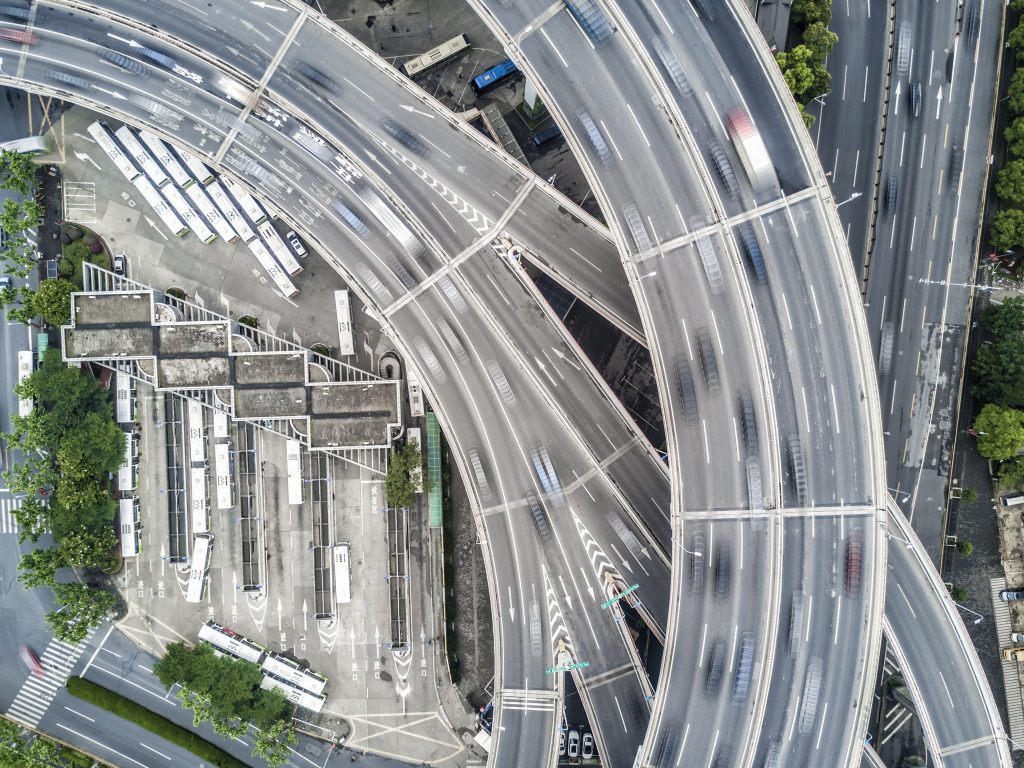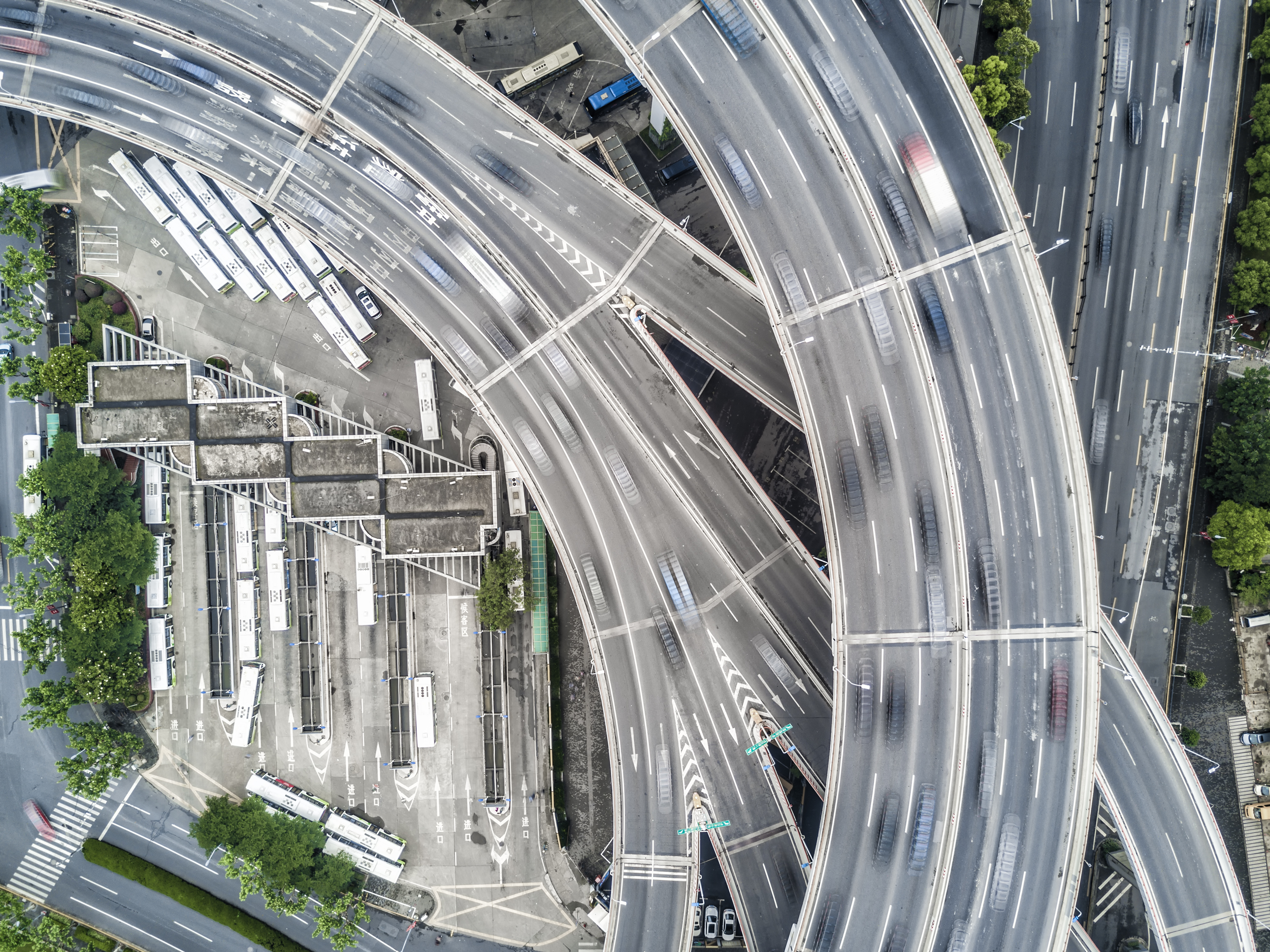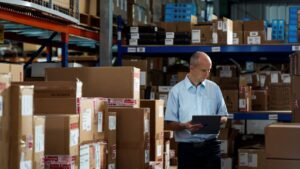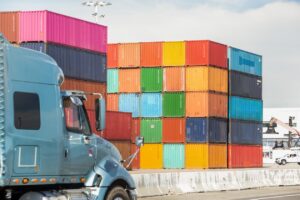
How smart cities are putting people first in the urban world

The United Nations (UN) estimates that by 2050, 68 percent of the world’s population will live in cities. This rapid urbanization poses serious challenges to municipalities around the world, such as increased congestion and air pollution.
Cities need to be resilient – to survive, adapt, and grow, they also need to be great places to live in. Smart cities are leading the way in this transformation by moving on from 19th century ways of designing cities around automobiles to redesigning cities with people in mind – technology can help in ways not possible before.
Finding new ways to connect with and engage residents
Participating in local governance is important for all city residents, but traditional city hall meetings aren’t accessible to everyone. Smart cities, however, are now bringing city halls online via social media, or kiosks to remote areas.
At the same time, smart cities are modernizing their services and the infrastructure that delivers them. Water, energy, and other public services need careful regulation, and Internet of Things (IoT) technology is helping cities manage them in a sustainable and economical way. Cities are even using these innovations to collaborate across departments. In Denver, air quality sensors outside of schools measure the levels of pollution in different areas. City workers combine this information with traffic data to build a complete picture of how the flow of automobiles affects air quality.
Connecting and engaging with residents also means making public services more visible and accessible to everyone. Municipalities in the United States such as Lafayette, Louisiana, have introduced non-emergency municipal service portals that allow residents to receive real-time updates about sanitation, crime, city budgets, and more.
Smart infrastructure case study: Houston, Texas, United States
Houston is undergoing an impressive smart city transformation. The city began working with Microsoft in 2018 to modernize its infrastructure, and its many ongoing initiatives include:
- Smart water meters. Around 60 percent of the city’s 500,000 water customers have smart meters, which gather data on water usage every 15 minutes. In the future, this technology will give customers real-time leak alerts and conservation advice.
- Proactive roadside air filtration. Bridges along the city’s main overpass are fitted with air quality monitors and air filtration technology, which senses and cleans pollution to prevent it from affecting nearby neighborhoods.
- Community sentiment analysis. Houston uses Zencity technology to analyze data from social media and the internet, identifying trending topics to understand residents’ opinions about the city.
Finding smart solutions to traffic problems
Traffic is a big challenge for today’s cities, and it’s an issue that’s always changing. A few years ago, around 30 percent of inner-city traffic was attributed to drivers looking for parking. Today, rideshare services coupled with the growing popularity of one-day delivery services, might be contributing to increased traffic. There are a number of cities who are commissioning studies to look at the impact of these types of services. It’s a challenge for cities – on one hand they want to bring new services to their residents but they are not fully aware of the impact until further down the line.
Smart cities try to tackle traffic congestion in a number of ways, including levying congestion charges or introducing electronic road pricing systems, which are smart tolls that vary according to traffic. Other cities are using technology such as security cameras and smart cars to gather traffic flow data.
Making mobility a priority for residents
Smart cities are also helping residents to get around by offering intelligent transportation services that adapt to their needs, such as route optimization. These services map out specific routes for individual residents, helping them get to their destinations quickly and they are informed by real-time data to help residents avoid delays such as traffic jams.
Growing evidence suggests that these systems encourage residents to use other modes of transportation besides automobiles. For growing cities, this can help reduce the “battle for the curbside” as cars compete to park or drop people off. The challenge for cities, however, is in ensuring that these smart transportation systems are safe and manageable after deployment. This is made easier by digital twin technology, in which cities simulate and virtually test new systems before deploying them.
Smart transportation case study: Auckland, New Zealand
The coastal city of Auckland is home to 1.6 million people, and it’s quickly attracting new residents to its shores. Thanks to its enviable quality of life and strong economy, the city expects its population to double in the next 25 years. This presents many transportation challenges for Auckland, particularly as its narrow shape limits how far its roads can expand.
To tackle these issues, Auckland created a new digital strategy to help residents move around. By using Microsoft cloud platforms, the city gathers data about traffic movement and weather conditions. This information is then used to inform commuters about travel routes and help plan developments in transportation infrastructure.
The city also deployed a range of smart transportation technologies, including traffic lights that react to real-time data. Global Positioning System (GPS) sensors on buses and sensors placed at key points along roads and intersections monitor the flow of automobiles in different areas. The system calculates when specific routes are overcrowded, and it adjusts the wait times at intersections to prevent traffic jams.
Reports indicate that the city’s digital strategy is having a real effect. Drivers are finding parking spaces more easily, citizens are using rail services more, and wait times for public transportation are being reduced significantly.
Next steps
With the ongoing shift toward rapid urbanization, smart cities are currently setting an example for the rest of the world, and people are noticing. In an October 2018 report, IDC FutureScape predicts that “Investment in smart city use cases will reach $158 billion by 2022, with the fastest overall growth in the Americas and the most spending on fixed visual surveillance and public transit.”
As the technology in these initiatives matures, one thing is certain—the cities of the future will put people first.
Want to learn more about how cloud-based technology is helping cities to put people first? Download our e-books Digital transformation in public transportation and Smarter cities start with smart infrastructure: 6 key elements to read about the innovations that are shaping urban life.





